Basic Tools for Nail Art Explained
Nail art has become worthy of a dedicated section in most beauty supplies. From nail polishes, often called manicures, to other nail art tools for various purposes, we are familiar with them, but not many of us know what exactly thye are supposed to do. Nail art design has evolved a lot and keeps evolving, and it is advancing in other industries as well. If you know the terminology and usage of basic tools for nail art, you can sell them with confidence.
Nail file It is used to shape your finger nails and trim the edges. Typically, metal files are used, but for sensitive skin, emery boards are preferable. Before you apply a nail file, your finger nail should be dry. You start from an edge and move on to another while gently file the finger nail.
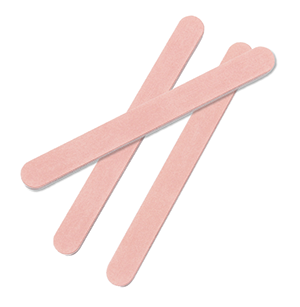
©www.muji.com
Sanding block It removes oil residue on your finger nails or to sand the rough surface or scratches after filing the recently glued on faux nails. A sanding block can make your finger nail surface very smooth.
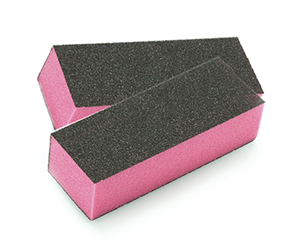
©www.walmart.com
Nail drill You can use a nail drill instead of a nail file for a quick trimming of your finger nails. Especially for faux nails that tend to be substantially thicker, a nail drill will be a big help in trimming. You can cleanly cut the shape of a finger nail and trim it quickly.
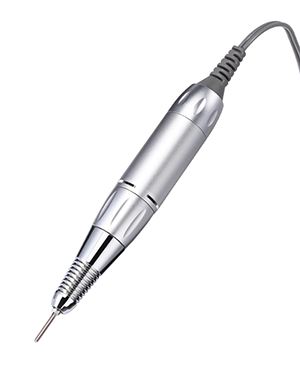
©www.alibaba.com
Cuticle oil It provides moisture and oil to the dead cells in order to soften them to ultimately remove them. Made of plant-based ingredients, typically with Vitamin E or jojoba oil, cuticle oils are not sticky. Cuticle softeners are also available for softening cuticles.
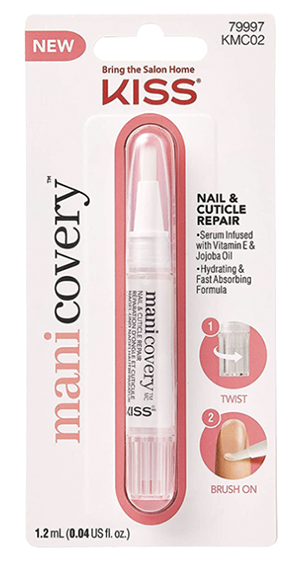
KISS Nail & Cuticle Repair
Cuticle pusher It is used to trim the cuticles on the hands and feet by pushing the cuticles. Wooden and metal pushers are available, and they should be used properly for different cuticles. You should not cut the cuticles right away but push them first before removing it. Otherwise, there is a significant risk of infection.
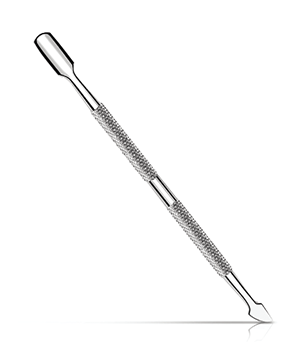
Orange wood stick This disposable tool designed to push cuticles is made of orange wood and treated with natural anti-bacterial agents to reduce infection risk. It should be discarded after a use.
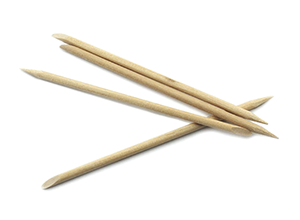
Cuticle nipper Cuticles that are pushed with a pusher can be trimmed with a cuticle nipper. To lift up the skin from the finger nail gently, you should use it upwardly. After trimming with cuticle nippers, you should apply hand cream, moisturizer, or lotion. Cuticle nippers should be kept clean and sterilized all the time.
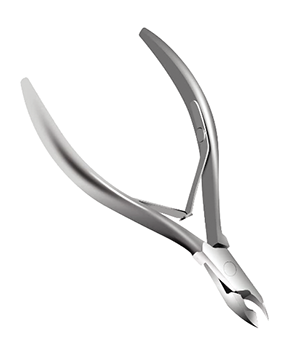
Base coat Before you apply a nail polish, you can apply base coat to prevent the discoloration of your finger nail and to prepare the finger nail surface for the thorough application of the nail polish. It also helps the color expression of a nail polish, so you should apply a single thin layer.
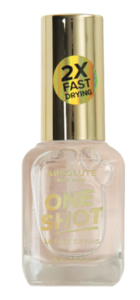
Absolute NY One Shot Nail Treatment-Base Coat
Nail polish Most of us call it manicure, but a manicure refers to the treatment for fingernails and hands, not the product. The items you are selling should be called nail polishes while you may also hear people call them enamels or nail lacquers.
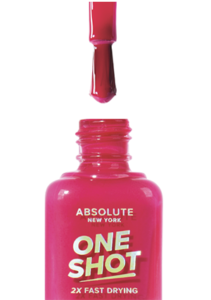
Absolute NY One Shot Nail Polish
Top coat After a nail polish is applied, you finish with a top coat. It prevents the discoloration of the nail polish and protects the finger nail from UV rays. Top coats often provide glossy finish, so you may repeatedly apply them over a nail polish once a week to prolong the life of a nail art.
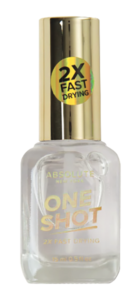
Absolute NY Quick Dry Top Coat